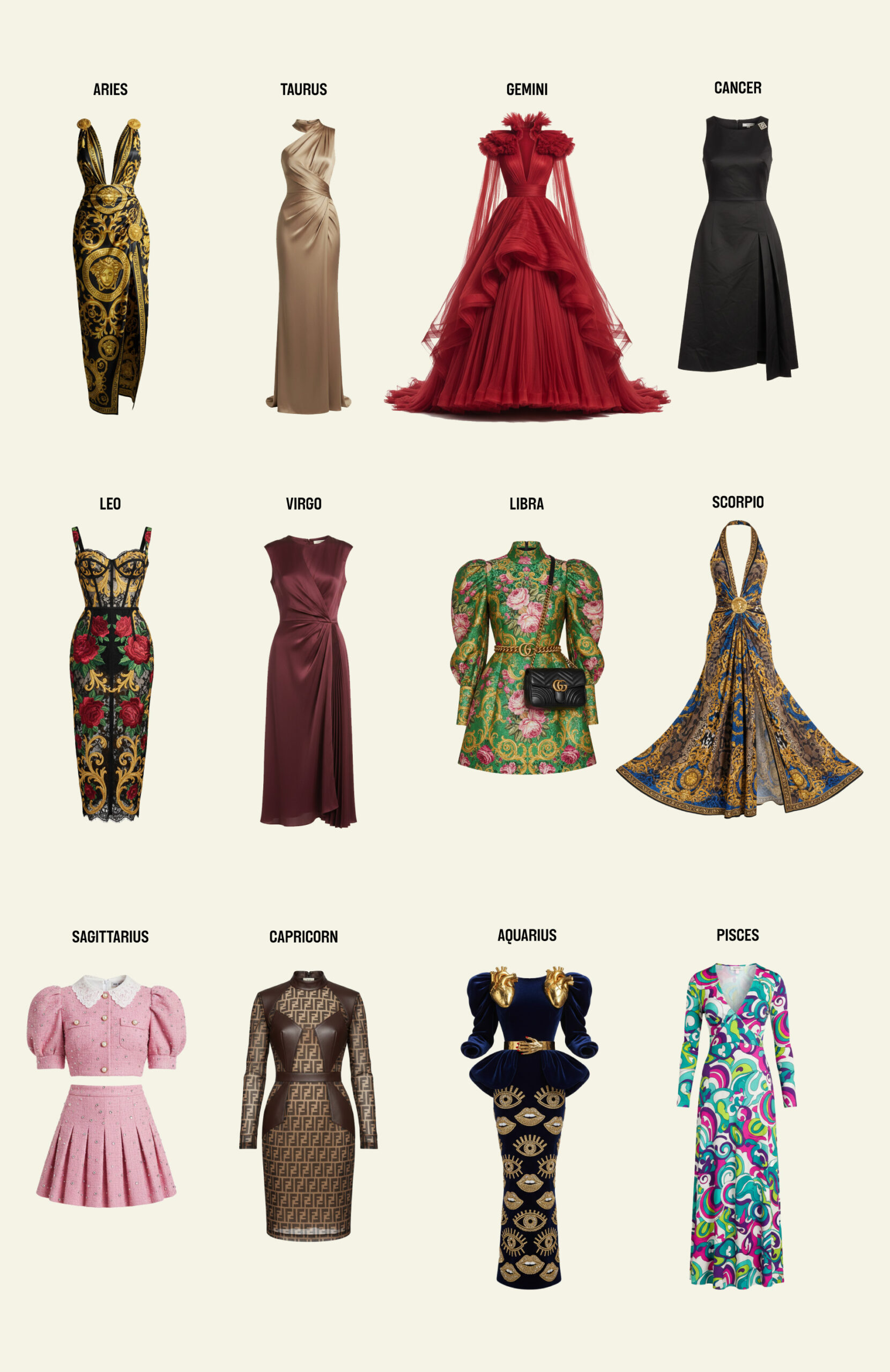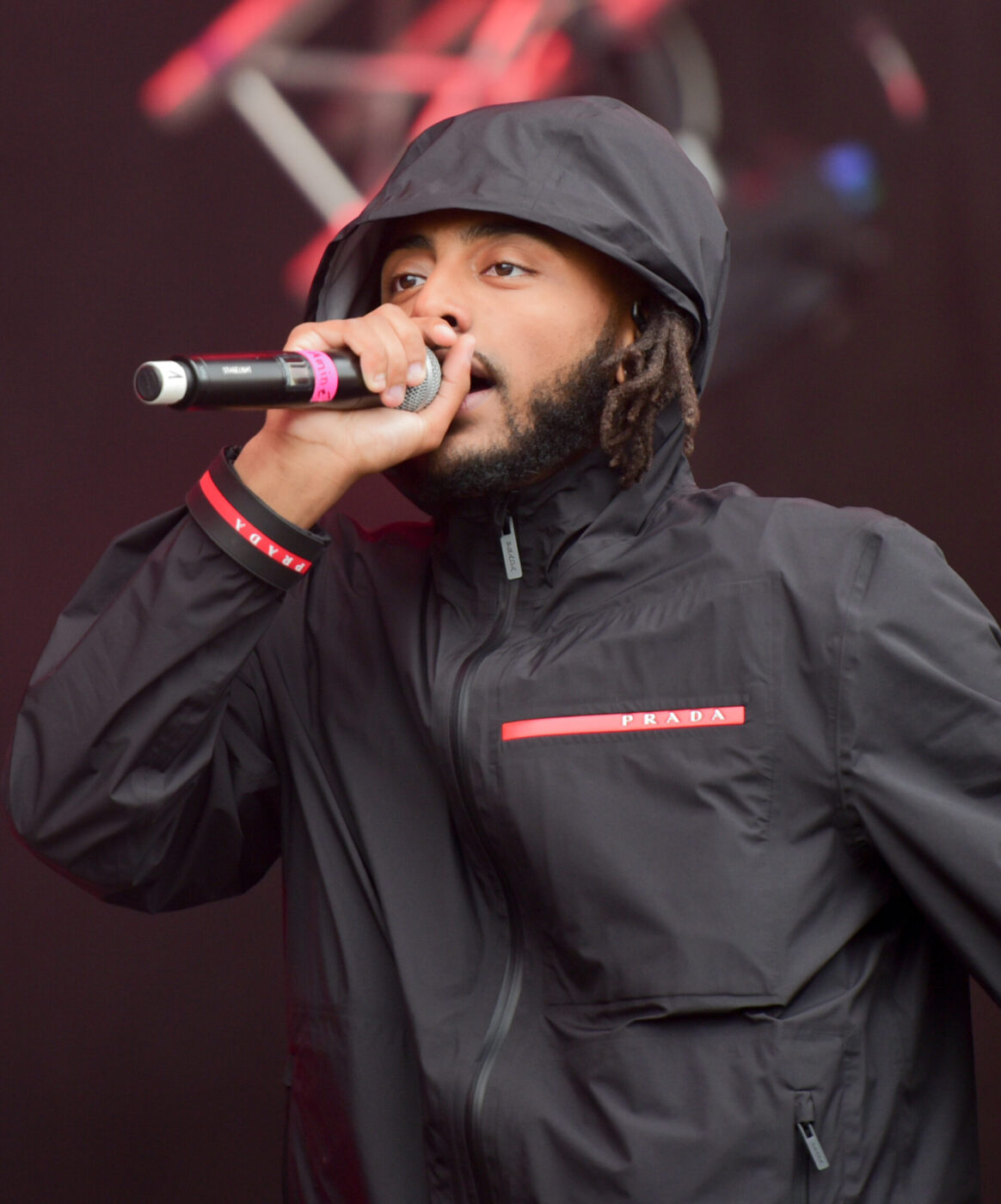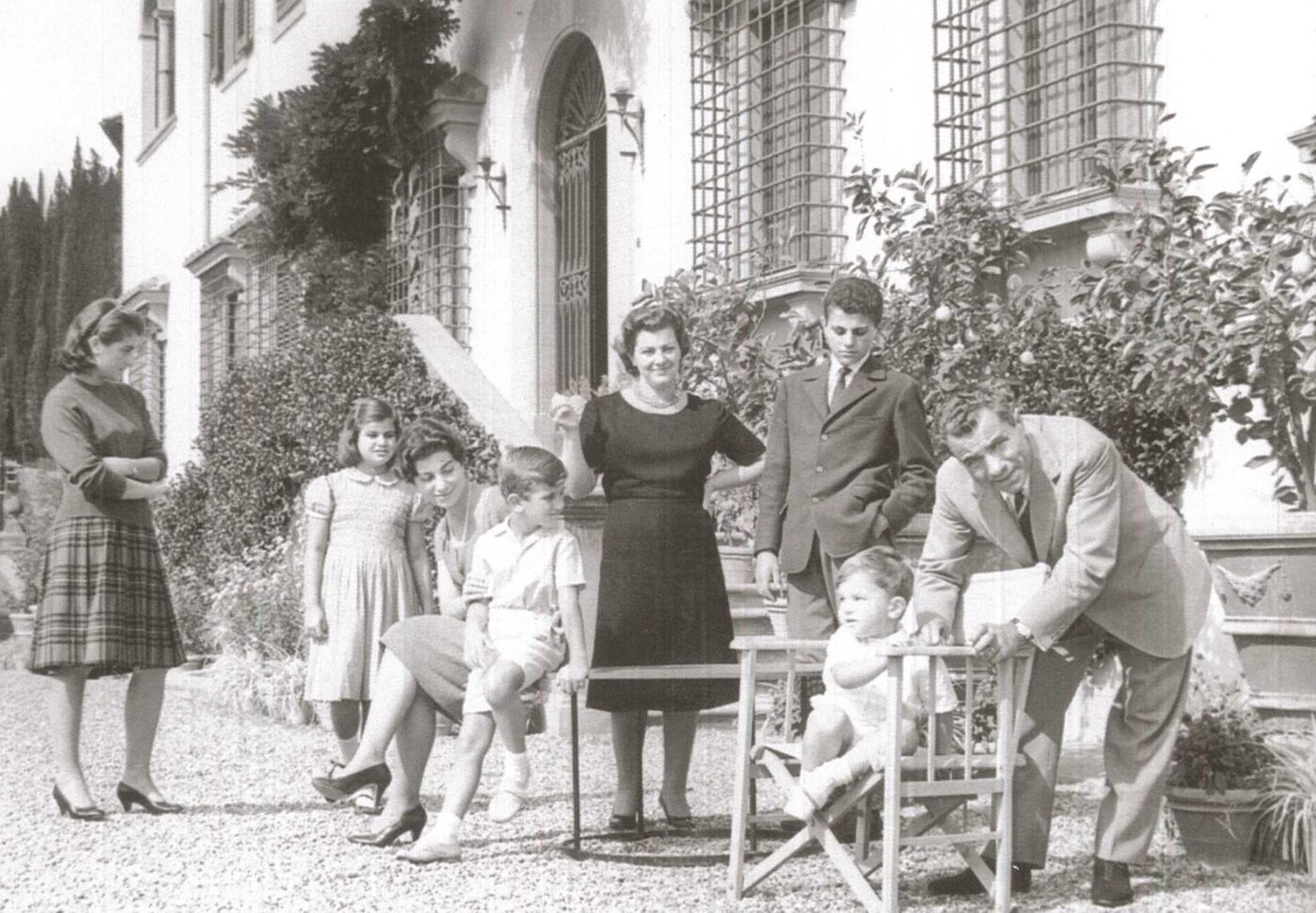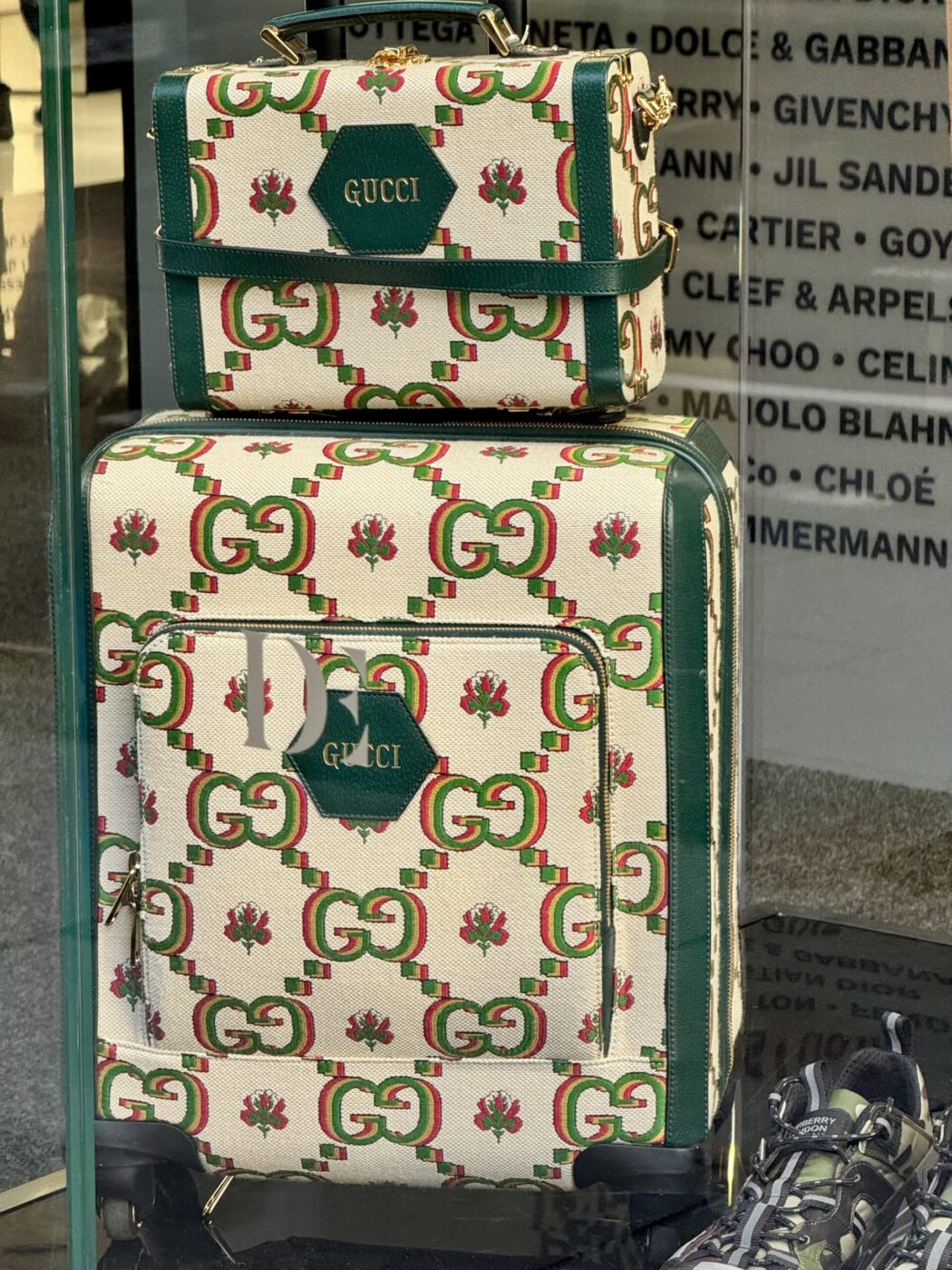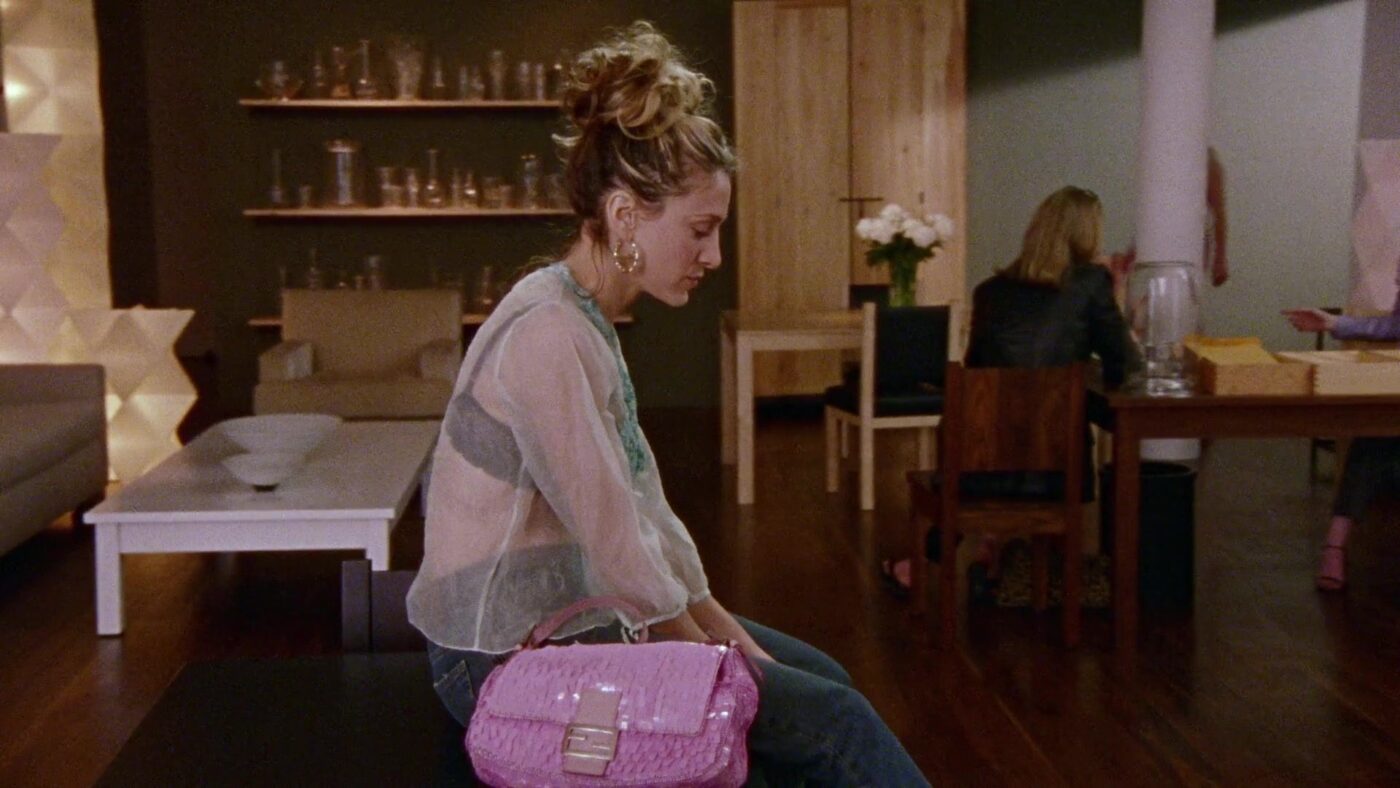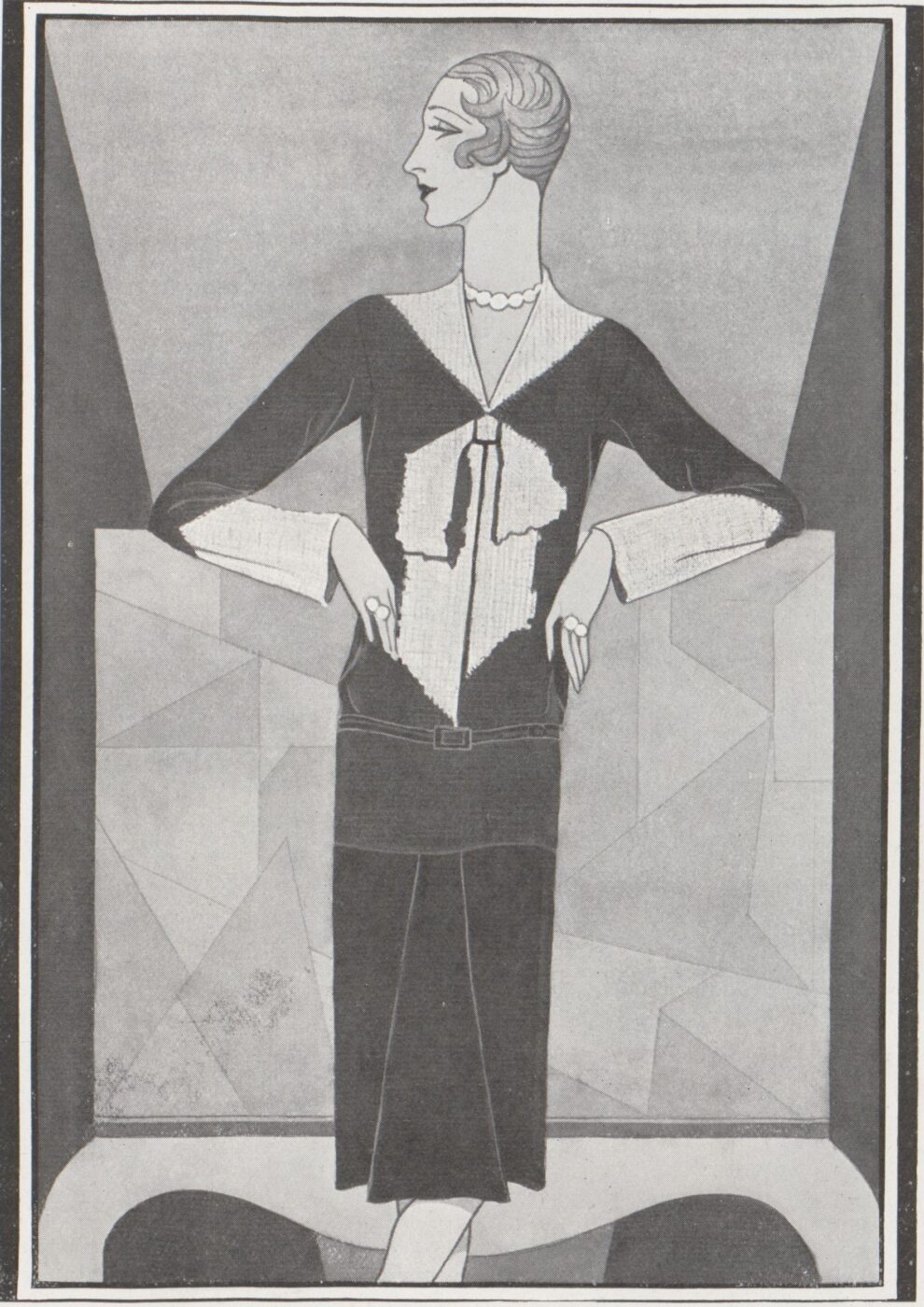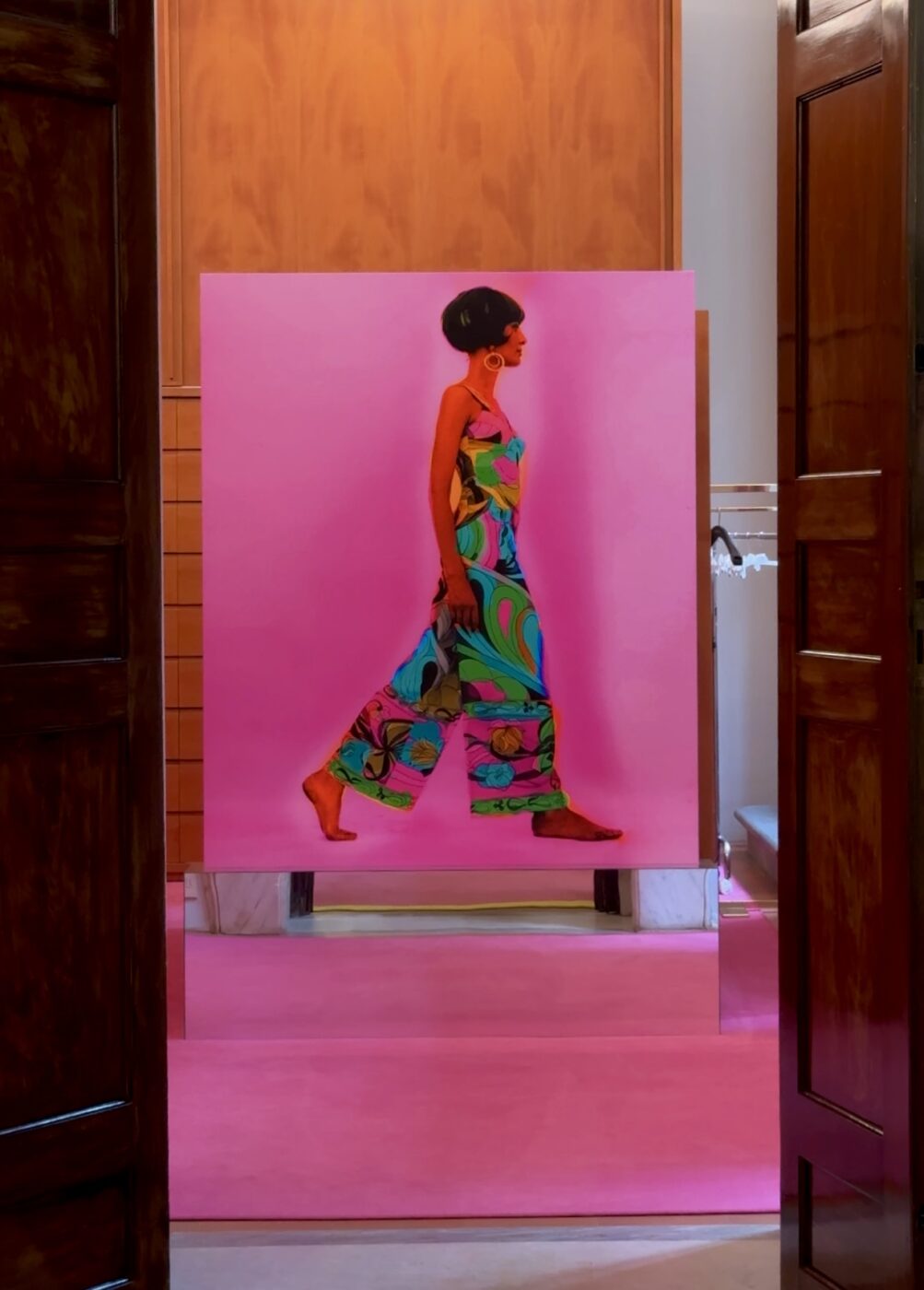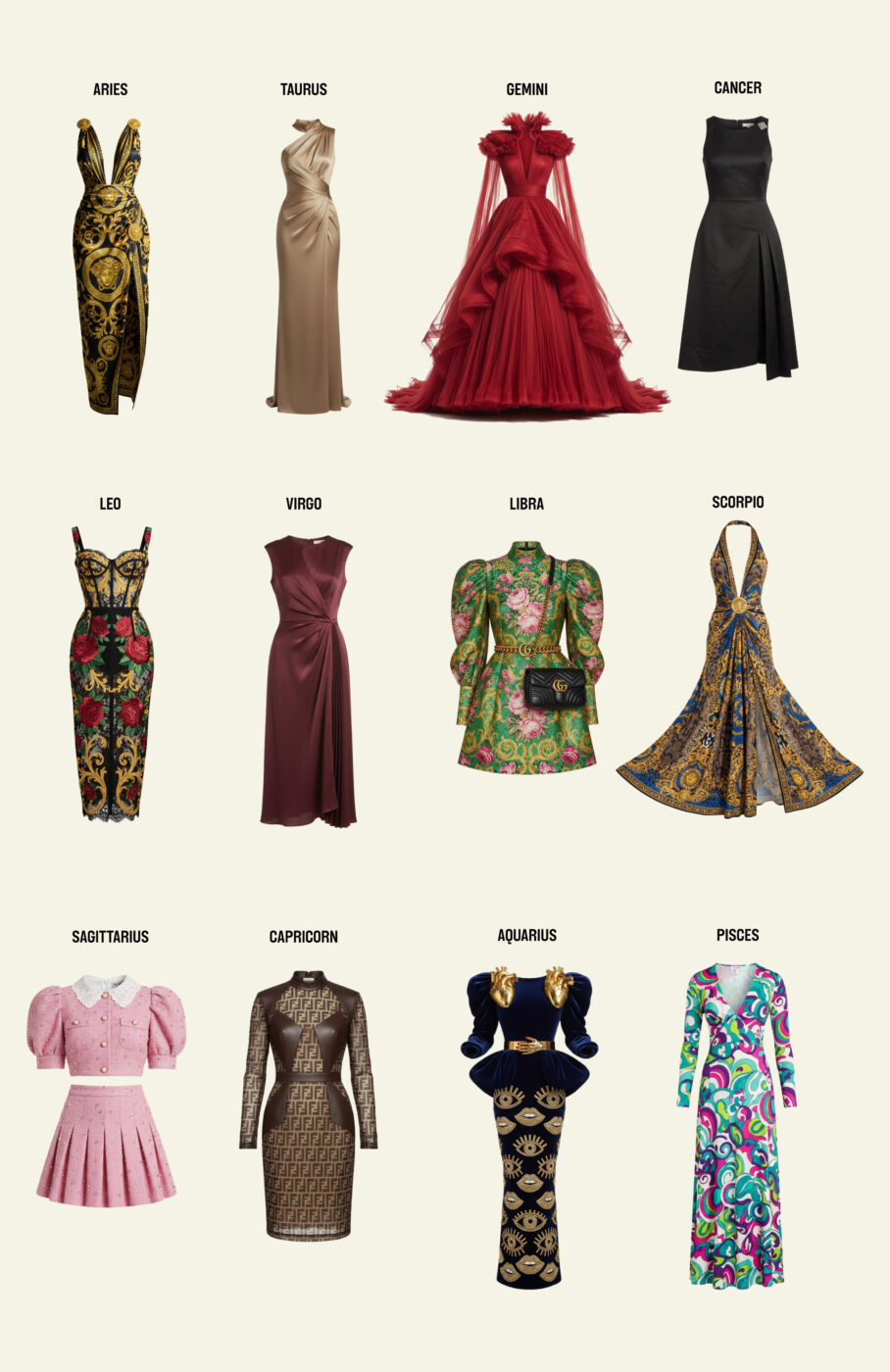Milan’s ready-to-wear boom in the 1970s, Florence’s shoemaking dynasties, Rome’s couture salons—all contributed to the Italian national identity built on high fashion. Armani gave the world unstructured suits that reshaped boardrooms; Prada turned nylon into a luxury material; Fendi transformed a family fur shop into a global accessories powerhouse. Each house has a distinct philosophy, a visual language as recognizable as a zodiac sign. Pair them together and the parallels become irresistible: fiery Aries burns in Versace’s gold chains, steadfast Taurus anchors itself in Armani’s greige, dreamy Pisces dissolves into Pucci’s swirling prints. In a country where fashion houses are dynasties, and dynasties are destinies, who you are may already be written in the stars—and in the label stitched inside your jacket.
ARIES
Aries enters like a match to gasoline, and VERSACE was born in exactly that kind of blaze. Founded in 1978, the house came in loud with bondage dresses, gold chains, and baroque prints. While other Milan fashion houses tried to refine, Versace aimed to provoke. Aries wouldn’t have it any other way. It’s fitting that Versace’s logo is the snake-clad head of Medusa, for one withering glance from an Aries and you’re turned to stone too. Gianni Versace practically invented the supermodel era in the ’90s, sending Naomi, Linda, and Cindy down the runway arm-in-arm, and after his death, Donatella took the reins and doubled down on the drama—J.Lo’s green jungle dress (the one that launched Google Images) was all her doing. “Fashion is a weapon that you can use when you need it,” Donatella once said, and Aries couldn’t agree more. Both thrive on shock and awe, wielding beauty like firepower. This is a pair that’s always ready for combat—preferably in six-inch heels and head-to-toe gold.
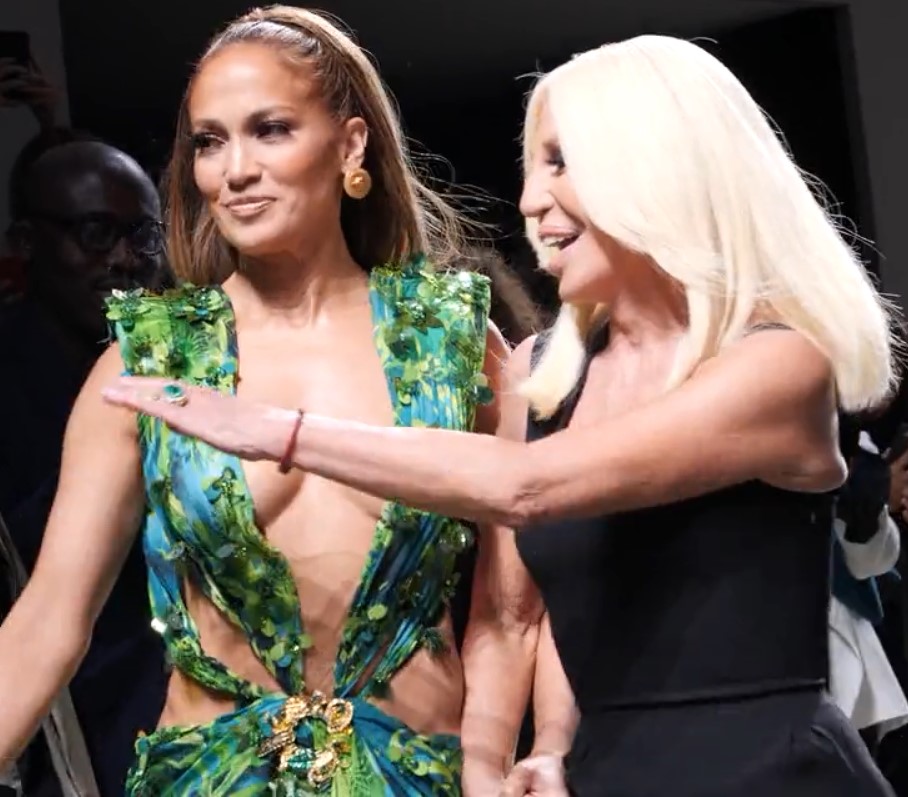
J.Lo's famed green jungle dress designed by Donatella Versace; Photo by Salvatore Delle Femmine - Vimeo: Versace Women’s Spring Summer 2020 | Behind the scenes (view archived source), CC BY 3.0
TAURUS
Tauruses love the timeless, which makes them the perfect match for GIORGIO ARMANI, the maestro of quiet luxury. In 1975, Armani redefined modern dressing with his unstructured jackets—ditching padding and stiffness for fluid tailoring that moved with the body. Taureans, ruled by Venus, crave comfort, sensuality, and stability; Armani built an empire on those same values, turning restraint into something that carried its own weight. His muted palette of greige (a word he himself coined) and taupe reflects the Taurus temperament: earthy, calm, and deeply resistant to chaos. (Greige is that perfectly Taurean balance of neither flashy nor plain.) “Elegance is not about being noticed, it’s about being remembered,” the late Armani once declared. That’s peak Taurus: they may not clamber for attention, but they have a way of sticking around. That’s how Armani suits became Hollywood shorthand for sophistication, from Richard Gere in American Gigolo to a parade of Oscars red carpets. And like the bull, once they’ve claimed their ground, they’re absolutely immovable.
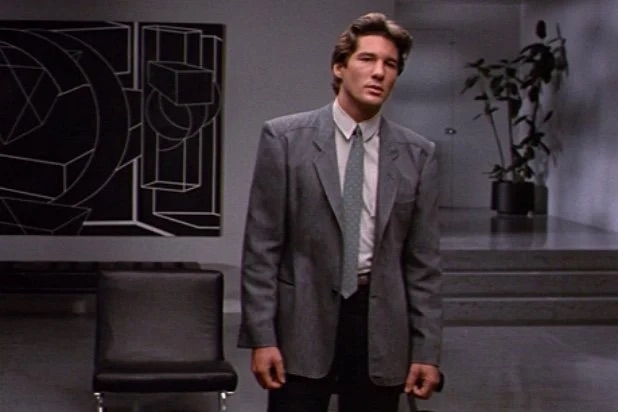
Richard Gere's iconic Armani suit in American Gigolo (1980)
GEMINI
Gemini thrives in contradictions, and VALENTINO has mastered the art of living in two worlds, shifting easily between timeless romance and, well, meme-worthy modernity. Founded in Rome in 1960, the house became synonymous with Valentino Garavani’s signature Valentino Red. “Red is life, passion, love, and a remedy against sadness,” Mr. Valentino once said—and the same is true of a Gemini on a good day. He dressed icons from Princess Diana to Sophia Loren, proving Geminis’ gift for adaptability and social magnetism. But the house didn’t fossilize in the ’60s: under Pierpaolo Piccioli, it traded couture minimalism for neon pink capes, sneaker collaborations, and stadium-scale shows, proving it can shapeshift with the times. Geminis get accused of being “two-faced,” but like Valentino, their duality is their strength: one twin flirts in silk chiffon, the other rebels in streetwear. Geminis live the same way, juggling moods, friends, and ideas at warp speed. Valentino is the zodiac twin made manifest: classic and chaotic, delicate and daring, forever dazzling in whichever guise it wears.
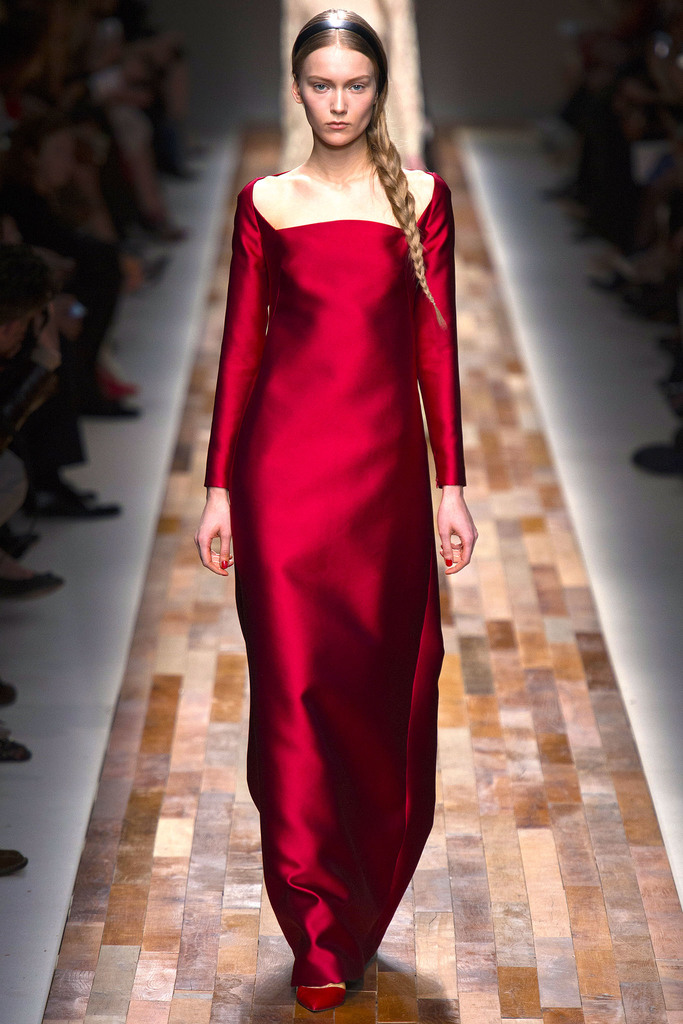
At the Valentino runway show; Photo by linlinkyky https://flic.kr/p/BvEf4m
CANCER
Emotional, intuitive, and often misunderstood, Cancer finds its twin flame in PRADA. When Miuccia Prada took over her grandfather’s leather goods business in 1978, she subverted luxury by championing black nylon bags. At the time, nylon was considered a “poor” industrial fabric—used for parachutes and tents—not couture material; by recutting robust Pocone nylon into the 1984 Vela backpack and pinning on the tiny triangle plaque, Miuccia, however, turned utility into status. It’s also a material as resilient as Cancer’s shell, and like Cancer, Prada’s minimalism conceals deep layers of emotion and intellect. The house philosophy thrives on contradiction: “ugly-chic” that dares to be awkward, intellectual, even unsettling, but never dull. (Miuccia once said, “Ugly is attractive, ugly is exciting. Maybe because it’s newer.”) Cancers live similarly—soft and sentimental inside, but often armored in defenses the world struggles to decode. Prada collections often oscillate between severity and softness, pairing boxy coats with delicate lace, industrial fabrics with feminine silhouettes. Cancers too embody this paradox: nurturing and nostalgic, yet capable of razor-sharp detachment.
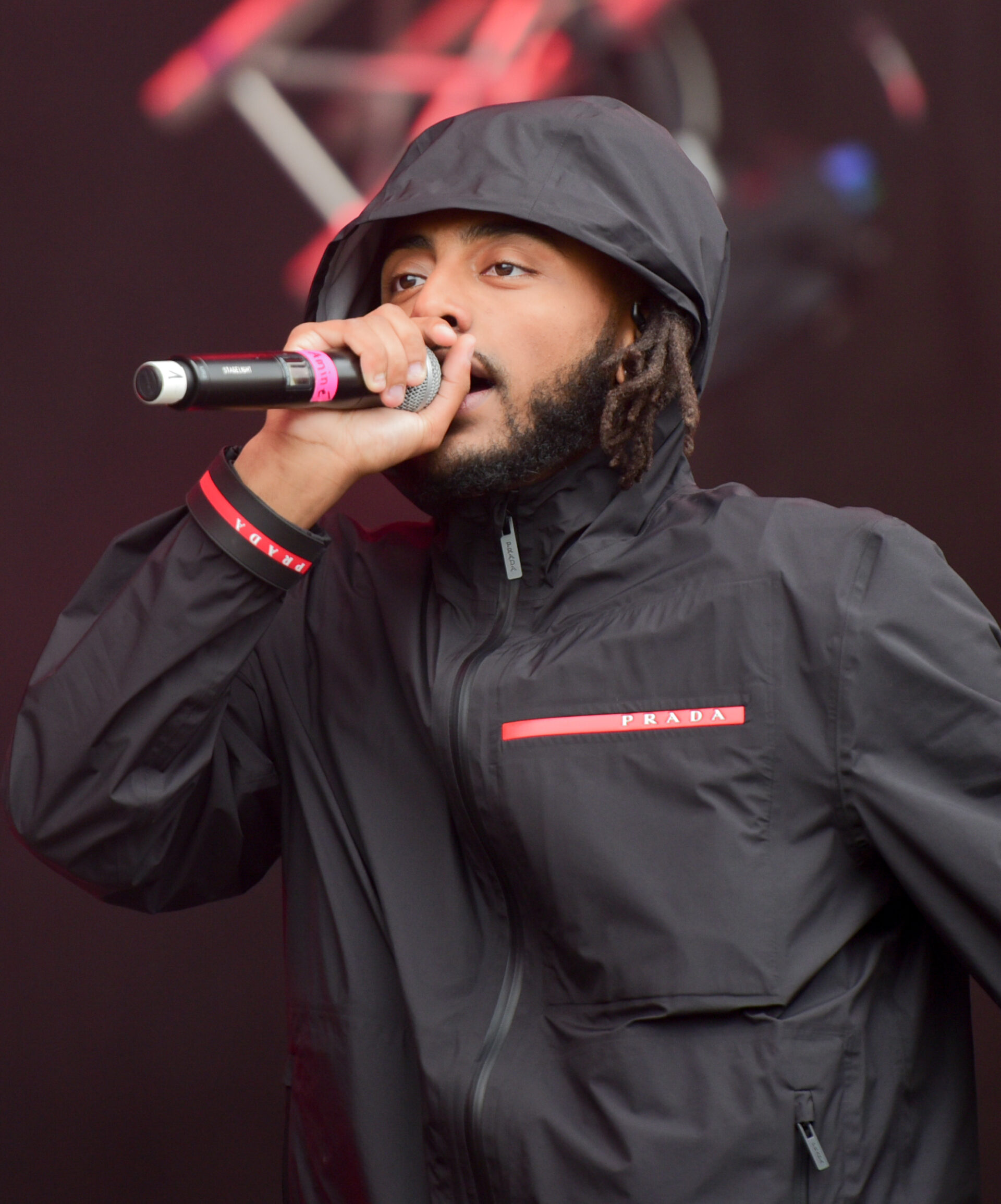
Aminé in Prada; Photo by Frank Schwichtenberg - This file was uploaded with Commonist., CC BY-SA 4.0,
LEO
Leos are born for spectacle, and DOLCE & GABBANA is their couture kingdom. Founded in 1985 by Domenico Dolce and Stefano Gabbana, the house built its identity on Sicilian maximalism—lace corsets, animal prints, gilded crowns, and religious iconography that border on the operatic. Leos, ruled by the Sun, thrive in the spotlight, and no brand understands theatricality better. Their shows are carnivals of charisma, with live music, fireworks, or entire villages parading down the runway. Much like Leo, D&G has courted both adoration and scandal, bouncing back each time with louder collections and fiercer campaigns. The designers’ philosophy is rooted in unapologetic pride: their clothes amplify rather than disguise, and Madonna, Beyoncé, and Monica Bellucci have all embodied this energy in their larger-than-life D&G moments. Leos, too, never settle for subtlety; they demand devotion and dazzle in return. For both, fading into the background is simply not an option.

VIRGO
Virgo runs on precision, and FERRAGAMO is the blueprint. Salvatore Ferragamo made his name in 1920s Hollywood as the “shoemaker to the stars,” treating feet like engineering problems—measuring arches, carving custom lasts, and filing patents (300+). He famously turned cork scraps into wedge heels during wartime shortages. That’s Virgo logic: diagnose, iterate, perfect. Ferragamo’s hallmarks are orderly to the millimeter—like Gancini hardware (modeled on the ironwork of Florence’s Palazzo Spini Feroni, the brand’s HQ)—which create proportion-true pumps. As Salvatore put it, “Elegance and comfort are not incompatible, and whoever maintains the contrary simply doesn’t know what he’s talking about.” That’s music to Virgo’s ears. These earth signs are obsessed with structure and devoted to making life (and their friends’ lives) run smoothly. They find satisfaction not in fanfare, but in the subtle triumph of perfection achieved and maintained. Like Ferragamo, they simply let the details do all the talking.
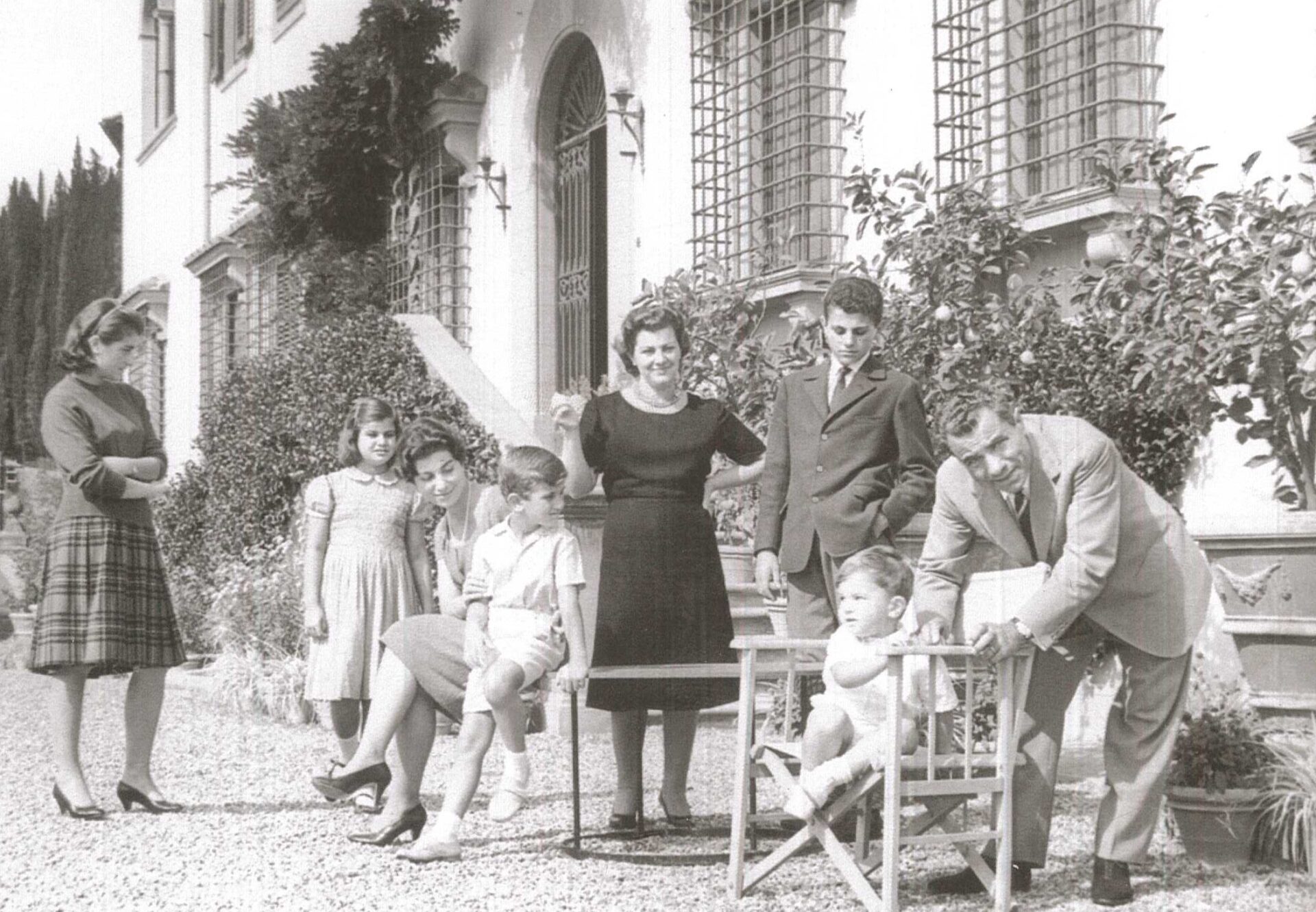
Salvatore and Wanda Ferragamo with their children Fiamma, Ferruccio, Giovanna, Fulvia, Leonardo, and Massimo.
LIBRA
Libras crave balance but live for beauty, and GUCCI, founded in Florence in 1921 as a luggage workshop, has balanced heritage with provocation for a century. The pendulum swing between Tom Ford’s velvet hedonism and Michele’s maximalist romanticism is peak Libra, who shifts between faces depending on the room: they may be a diplomat at the office, but by midnight, they’re in diva mode. Its visual grammar is also pure Libra: the horsebit (born from Florence’s equestrian set), the interlocking double-G monogram introduced in the 1960s, and the green-red-green web stripe lifted from saddle girths. These design details were, and are, emblems of aristocratic ease, the kind of bougie shorthand Libra (not so) secretly adores. Few houses own a logo as recognizable at 20 paces—even a glimpse of webbing or a single G is enough to know—and Libras, too, are fluent in being seen (read: attracting attention). Whether it’s Jackie O’s bamboo-handled bag or Harry Styles in pearls, Gucci embodies Libra’s knack for being many things at once without ever losing allure. For this pair, indecision isn’t a flaw—it’s a full strategy.
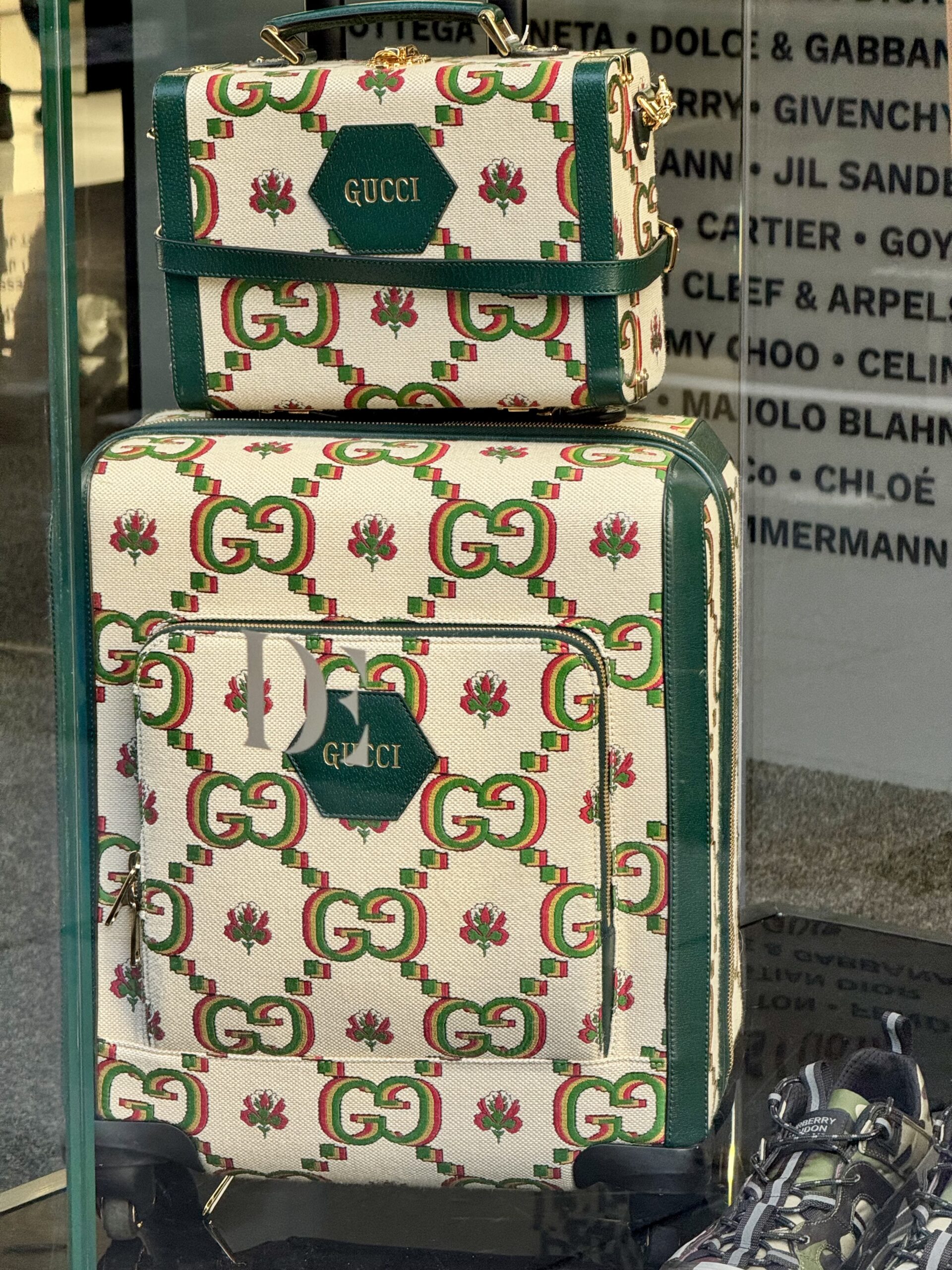
SCORPIO
Scorpio is ROBERTO CAVALLI: magnetic, animalistic, and a little bit hazardous. Roberto Cavalli founded his house in the early 1970s, pioneering bold textile innovations like sandblasted denim and exotic prints. His runway was a den of snakeskin, python, leopard, and leather so tight it seemed potentially dangerous to wear—just like Scorpio’s brand of intensity. These water signs are notorious for their passion and secrecy, traits that Cavalli embodied through collections that seduced as much as they shocked. In the 2000s, the Cavalli aesthetic dominated club culture: slashed gowns, crystal embellishments, bodies revealed but never fully surrendered. Scorpios, seductive yet impenetrable, channel the same energy. They’re fiercely loyal to their pack and utterly lethal to their rivals, commanding respect whether you’re ready or not. To wear Cavalli is to announce yourself as prey and predator at once—and that’s pure Scorpio essence.
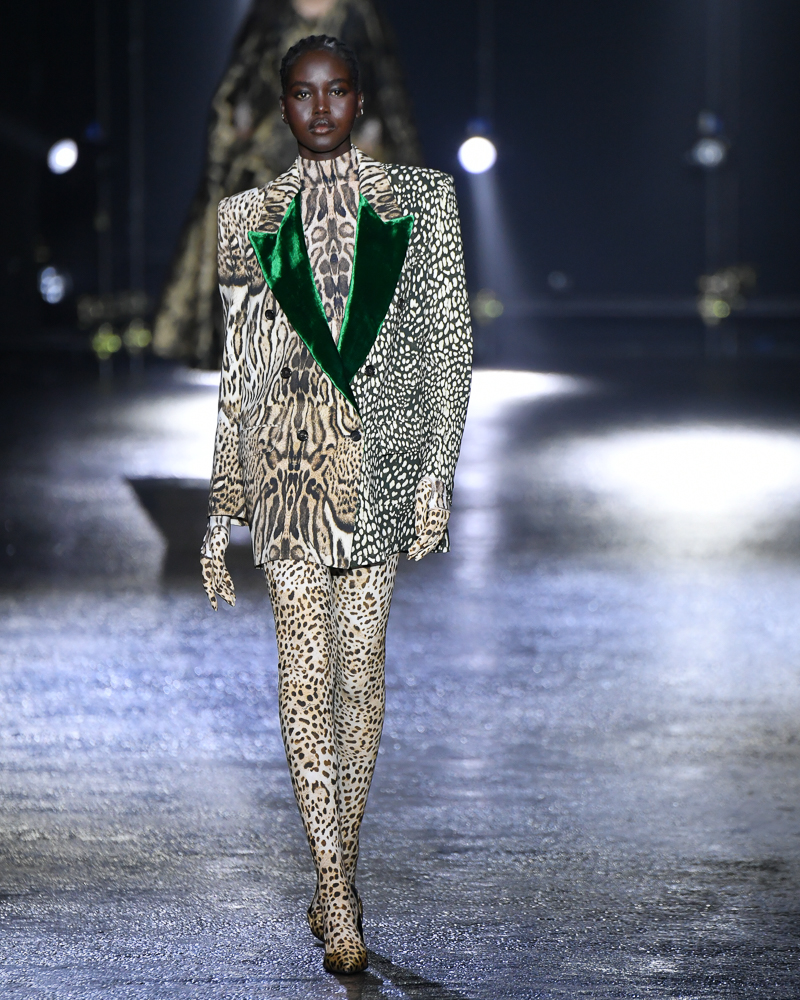
Roberto Cavalli's show at Fashion Week 2022-2023; Photo by Christopher Macsurak, CC BY 2.0
SAGITTARIUS
Sagittarius is eternally young at heart, and that’s exactly the spirit of MIU MIU. Launched in 1993 as Prada’s younger sister, Miu Miu (named after Miuccia Prada’s childhood nickname) has always been the mischief-maker, jumping between sporty chic and surrealist schoolgirl. Sag loves a dare, and Miu Miu keeps handing them out—see the Spring ’22 micro-mini + exposed waistband set that detonated across pop culture, or the great ballet-flat revival that miraculously turned sensible shoes into conversation-worthy pieces. The brand’s long-running Women’s Tales film series also fits the archer’s truth-seeking streak—commissioning female directors like Ava DuVernay, Agnès Varda, Miranda July, and Alice Rohrwacher to explore themes like identity, power, and the gaze. If life is a journey, Miu Miu is the Sagittarian suitcase filled with clashing patterns, sparkling accessories, and just enough practicality to survive the ride. Like Sag, the brand is always in motion—cheeky one season, cerebral the next, but never weighed down. That’s the Miu Miu x Sag philosophy: keep it light, keep it curious, and above all, keep it moving.

CC BY 4.0 from https://www.heute.at/
CAPRICORN
Capricorn hates fluff and worships results—welcome to FENDI, Rome’s most industrious dynasty. Founded in 1925 as a fur-and-leather atelier, the fashion house scaled like a Capricorn Excel chart with five Fendi sisters, then Karl Lagerfeld clocking a record 54 years, inventing the FF (“Fun Fur”) logo in 1965. Capricorns love infrastructure, and Fendi literally funds it—see the restoration of the Trevi Fountain and that 2016 couture show where models “walked on water.” The house hallmarks are pragmatic with a Roman wink: Selleria saddle stitching, the sculptural Peekaboo (2008), and the Baguette (1997)—Silvia Venturini Fendi’s shoulder-hugger immortalized by Sex and the City (“It’s not a bag, it’s a Baguette!”). Today, the line stays tight, and Capricorn traits—strategic, legacy-minded—are stitched everywhere, from the Palazzo della Civiltà Italiana HQ to collections that favor classicism. That’s Capricorn couture: status earned not by chasing virality, but by sewing one impeccable seam at a time.
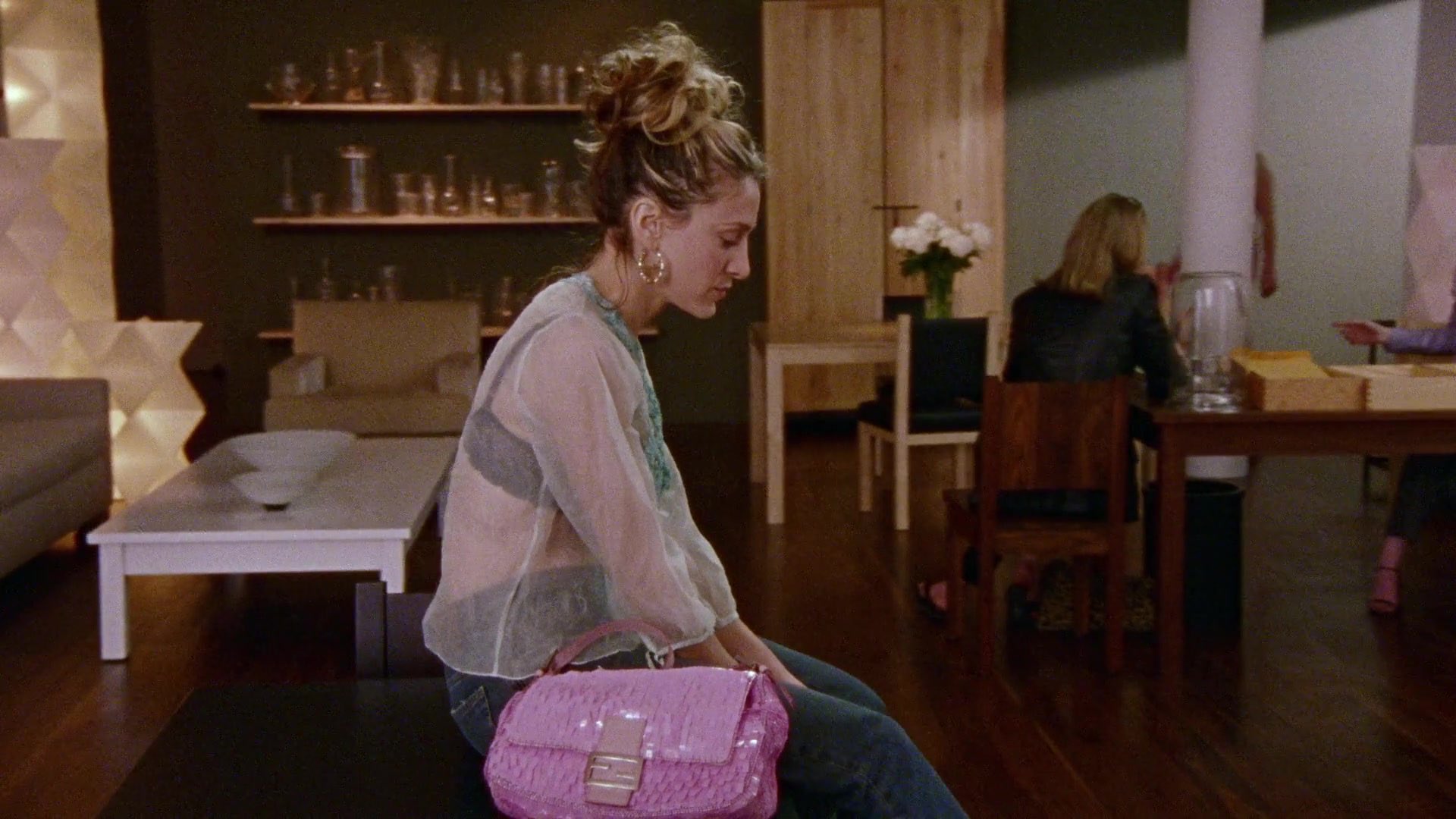
Silvia Venturini Fendi’s shoulder-hugger was immortalized by Sex and the City: “It’s not a bag, it’s a Baguette!”
AQUARIUS
Forward-thinking Aquarius is SCHIAPARELLI—centuries ahead of their time at any given moment. Elsa Schiaparelli famously hard-wired Surrealism into fashion: the 1937 Lobster Dress (created with Salvador Dalí) featured a large crimson crustacean hand-painted across the skirt, cheekily garnished with sprigs of parsley. Commissioned for Wallis Simpson, it scandalized and delighted in equal measure, exactly the Aquarian brief. As author Ann Shen notes, the dress channeled “the power of innovation and sexual empowerment in a woman—and the impact art and fashion can have,” which is pure Aquarius: ideas as activism, shock as a tool to get the world moving forward. Schiap’s other rule-breaking feats—skeleton gowns with quilted ribs, trompe-l’œil knits—map even further this air sign’s appetite for the offbeat. (“Fortunately, or unfortunately for me, I am always at my best when I am unhampered: when I can let myself go and have a little fun,” Elsa once said.) Under Daniel Roseberry, the house keeps that Aquarian voltage humming through headline moments: the Spring 2023 faux-taxidermy lion roaring across a velvet gown; Bella Hadid’s gilded “lungs” necklace at Cannes; Doja Cat lacquered in 30,000 scarlet crystals—pure Aquarius catnip. After all, these idea-first air signs love to make the (metaphorical) front row gasp.
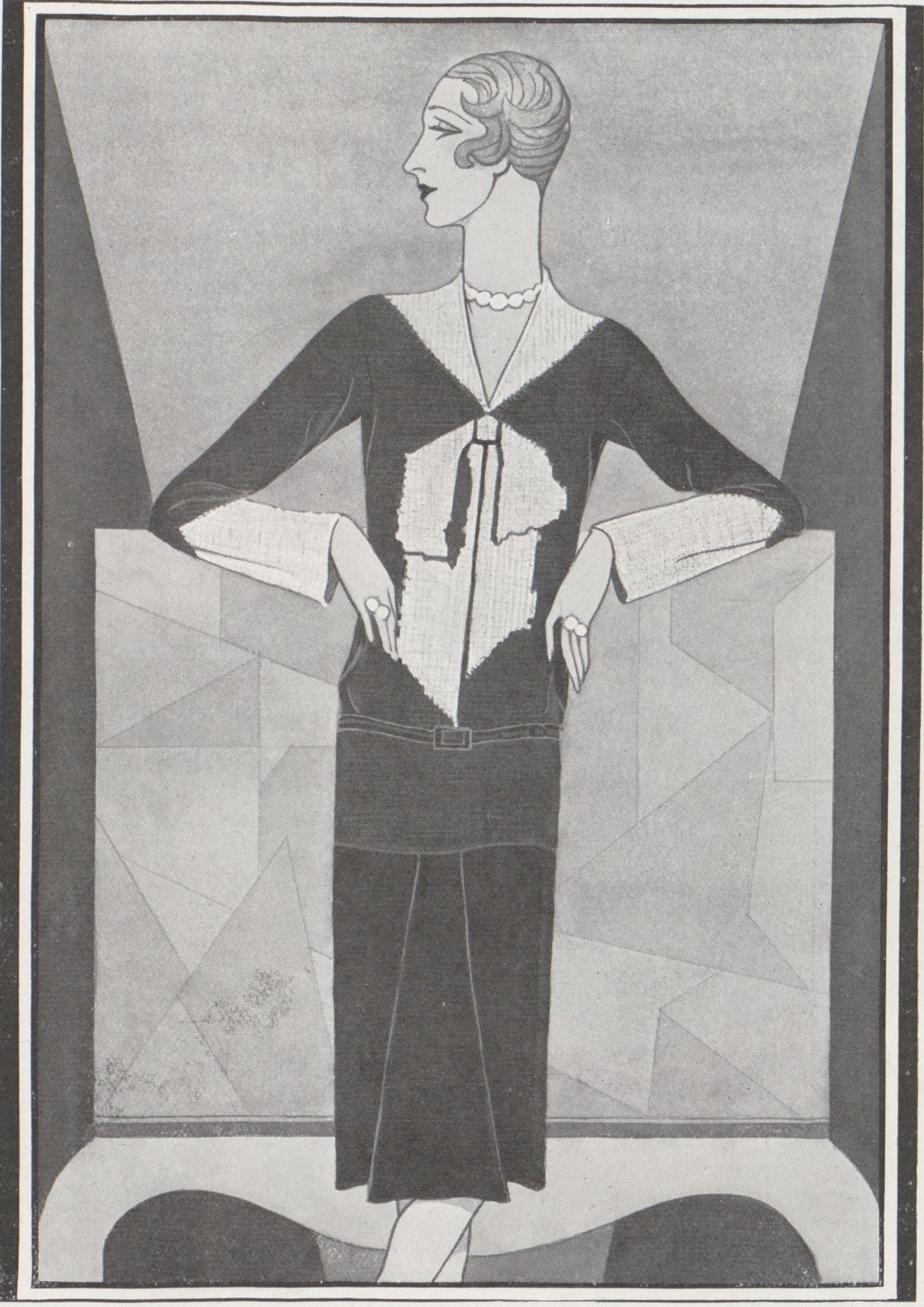
The Bow-knot sweater designed by Elsa Schiaparelli (1927)
PISCES
There’s no fashion house that better suits Pisces dreaminess than PUCCI. Emilio Pucci, aristocrat and aviator turned designer, founded his house in Florence in the late 1940s, pioneering kaleidoscopic prints in swirling blues, pinks, and oranges. Dubbed the “Prince of Prints,” he captured the optimism of the jet-set era, dressing everyone from Grace Kelly to Marilyn Monroe (who was reportedly laid to rest in a favorite mint-green number from the brand). Pisces, ruled by Neptune, swims through fantasy, and Pucci’s designs were wearable daydreams: silk jersey dresses that moved like water, caftans perfect for Capri sunsets, patterns echoing waves and skies. “Gaiety is one of the most important elements I brought to fashion. I brought it through color,” Pucci once said, and that’s pure Pisces, who feel emotion as if it’s a full-body hue. The house’s hypnotically colorful pieces are tangible escapism, and even NASA tapped Pucci to design uniforms in the 1960s. Pisces’ vision also transcends Earth itself, inhabiting the worlds between reality and imagination. In Pucci’s world, as in Pisces’ heart, everything is poetry in motion.
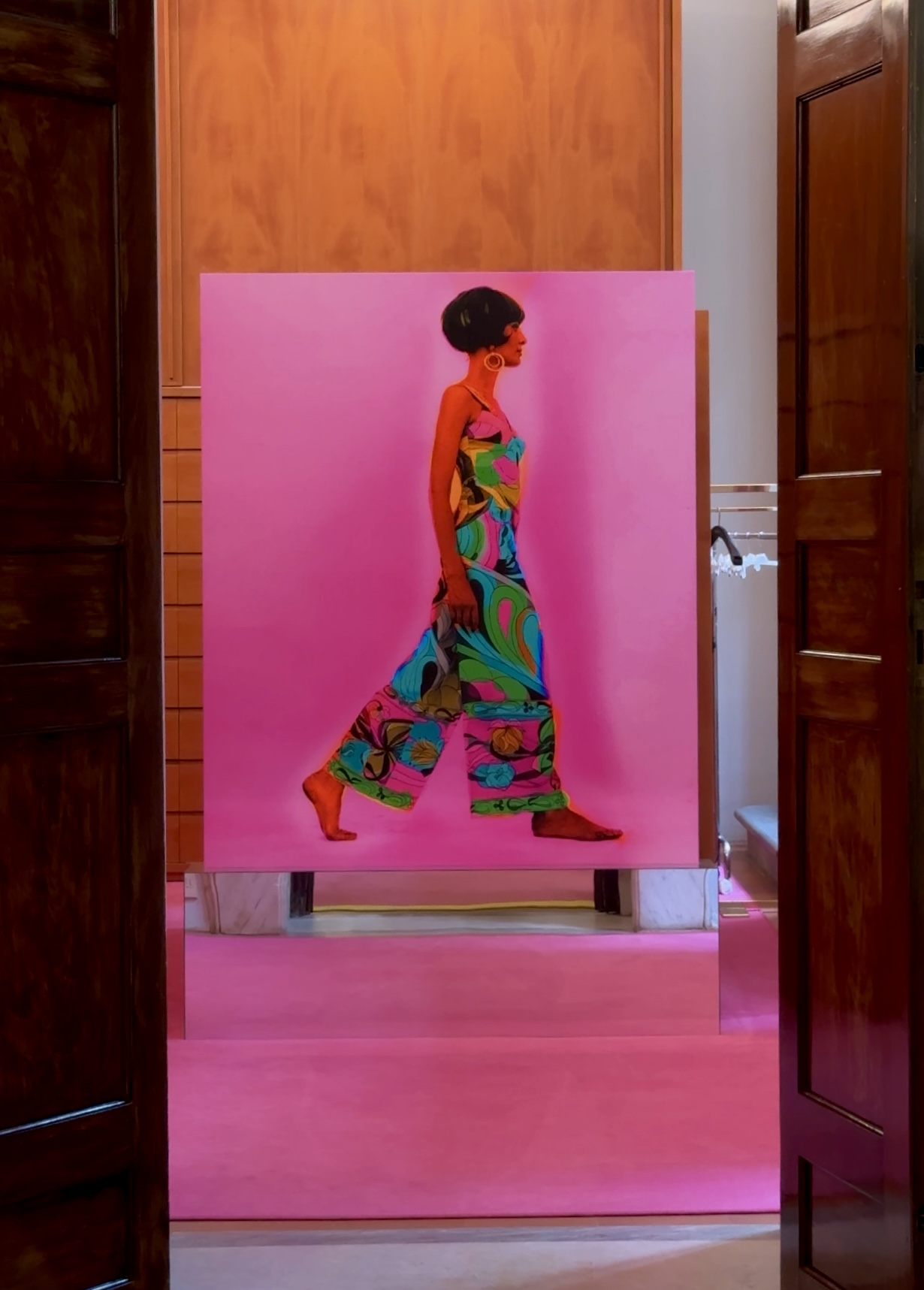
Palazzo Pucci
